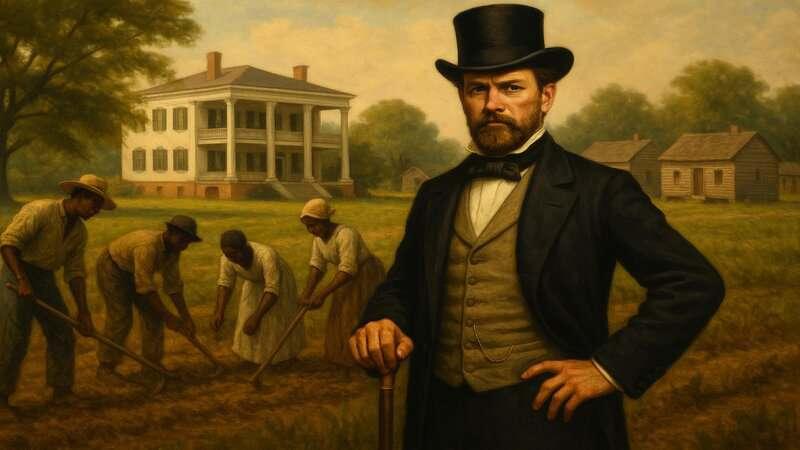2. John Burnside

John Burnside’s journey from Scottish exile to Louisiana’s largest slaveholder is a chilling example of international ambition fueling American slavery. At his opulent Houmas House estate, Burnside enslaved more than 800 people, driving massive profits from the sugar trade. His immigrant success story is often celebrated, but rarely are the brutal realities of his labor force acknowledged. Burnside’s legacy serves as a stark reminder of how global connections and personal ambition intertwined to perpetuate the horrors of slavery. Source

















